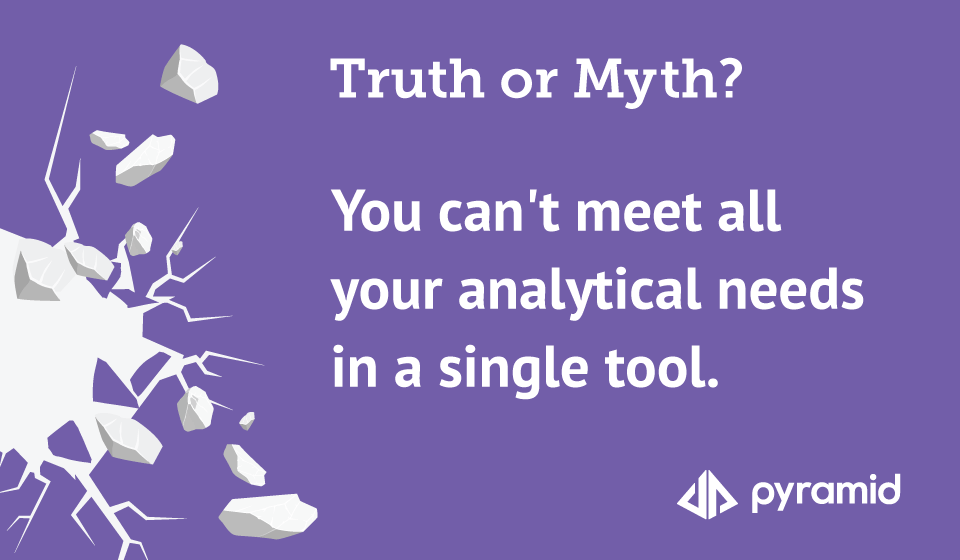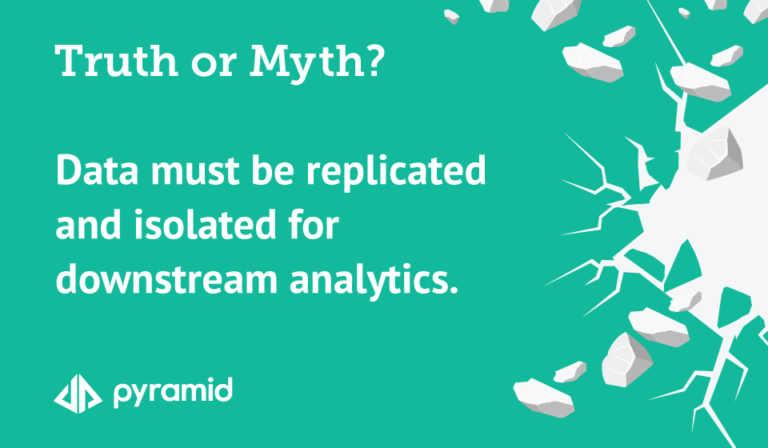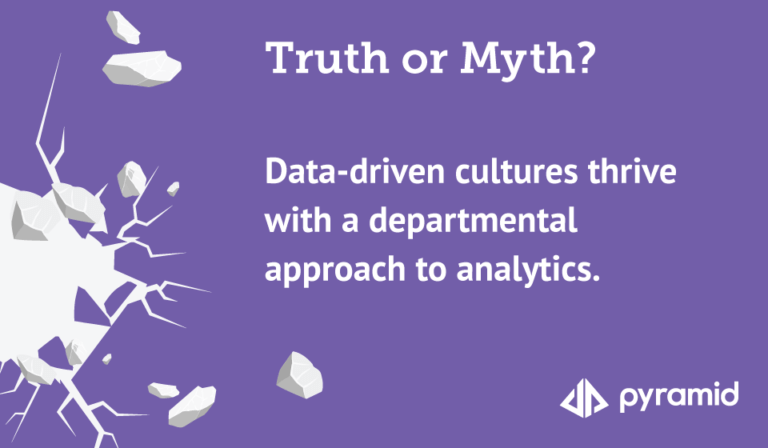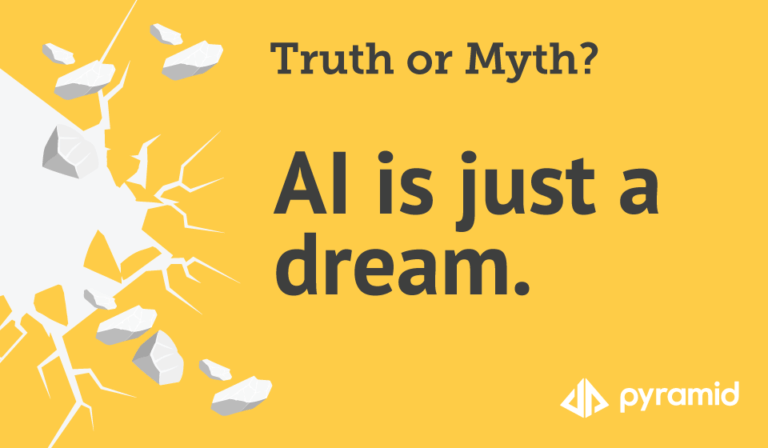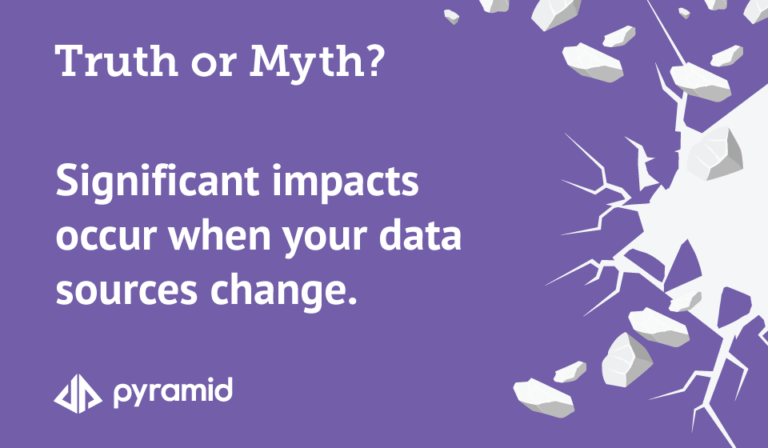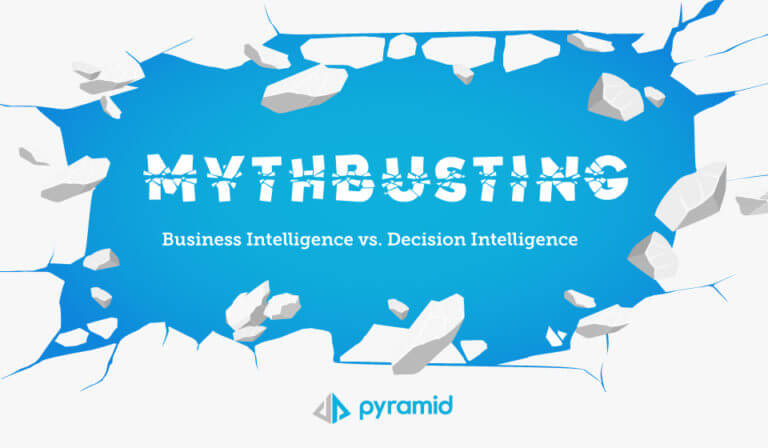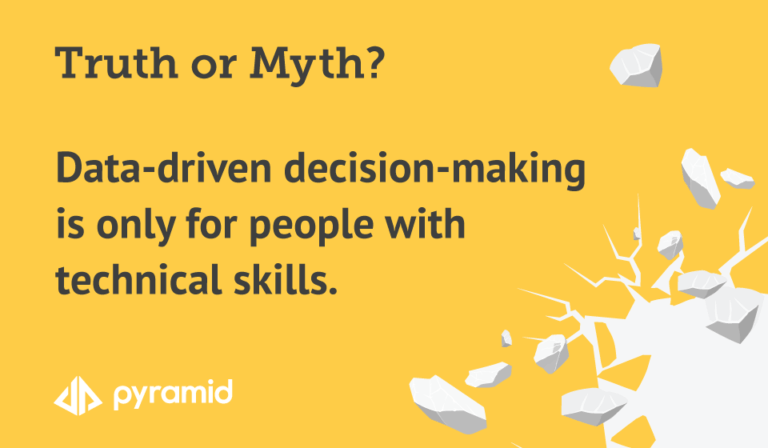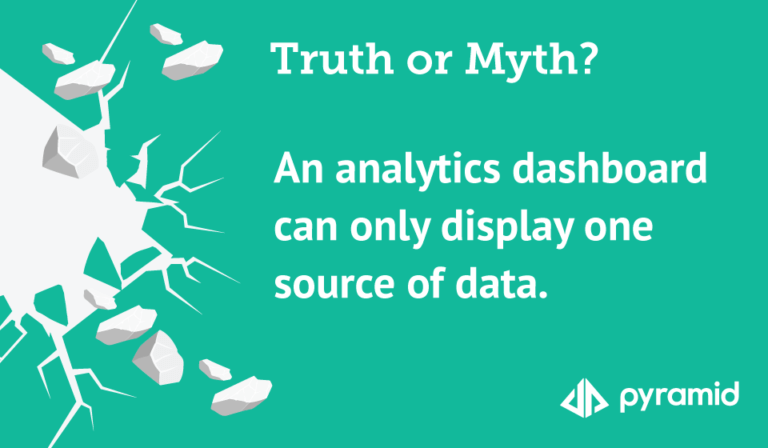On average, organizations own four or more different analytics tools. Is this necessary?
According to Forrester, “25% of organizations use 10 or more BI platforms, 61% of organizations use four or more, and 86% of organizations use two or more.” We have uncovered that the main reason for all these different tools is a widely held belief that different departments and functions within an organization require their own specialized analytics tools. This belief is so ingrained among people that it has become an accepted “best practice” to take a department-by-department approach to analytics.
Here’s the thing. In deploying so many different analytics solutions throughout an organization, people’s trust in data erodes. There’s this nagging feeling that decisions are being made with incomplete data. Finance is working with their data, marketing is working with their data, and sales is working with their data . . . so does that mean everyone is making decisions based on the same underlying truths? Where’s the holy grail of the “single source of truth” you’ve tried so hard to establish?
Beyond departments, we also find people adopting separate tools for data preparation, data science, and reporting.
Things are getting very precarious.
The truth is… you can get complete BI capabilities from a single decision intelligence platform.
Our latest guide, Mythbusting Business Intelligence vs. Decision Intelligence, reveals that you can meet all your analytical needs in a single platform. While a departmentalized, best-of-breed approach is an effective strategy in some areas of a modern business, analytics is an exception. Trust in data erodes when you have several data prep tools, standalone data science workbenches, and numerous analytics and reporting tools for different people in different departments.
Decision intelligence offers complete capabilities in one.
With a decision intelligence platform—which is purpose-built to combine all three capabilities and functions in one single, unified solution—you don’t need all those separate tools. Decision intelligence is what’s next in analytics. It addresses the shortfalls of current fragmented approaches that frustrate the leaders responsible for data and analytics strategies and cause organizations to overspend on the implementation and upkeep of too many BI tools.
Rather than require a department-by-department approach, a decision intelligence platform can tap into data wherever it lives and bring tailored analytics and reporting straight to the point where decisions are made. Single source of truth? Check.
Here at Pyramid Analytics, we’ve set out to dispel the myths about analytics and business intelligence holding people back and failing to deliver value in today’s world. When it comes to analytics, you really can combine data prep, business analytics, and data science into a single unified platform that allows for sophisticated analytics and data science without writing a line of code—with governance and security built-in.
With decision intelligence, you can get a no-code point-and-click experience where everyone, from data novices to data scientists, can get value from the data analytics experience.
What other beliefs do you or others in your organization believe about BI and analytics? Our Mythbusting Business Intelligence vs. Decision Intelligence guidebook addresses many of the most widely held beliefs about business intelligence and analytics today. We break down the myths into categories related to data, people, and analytics and show you how, with a new approach, you can move past these limiting beliefs to take your analytics to the next level through decision intelligence. Get instant access to the Mythbusting guide here (no registration required).




